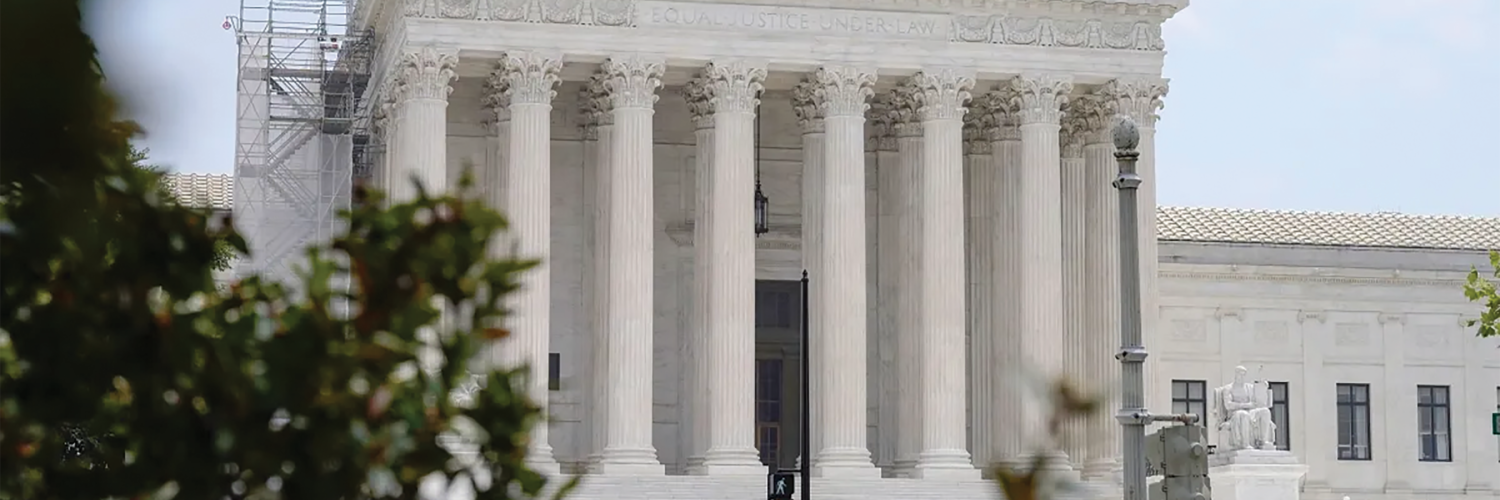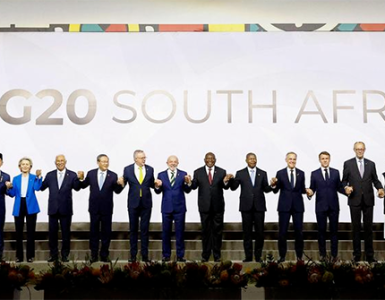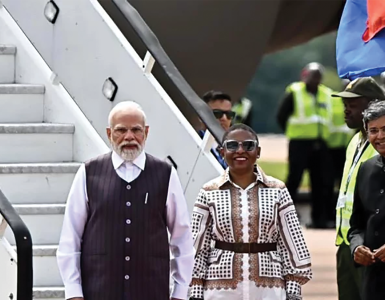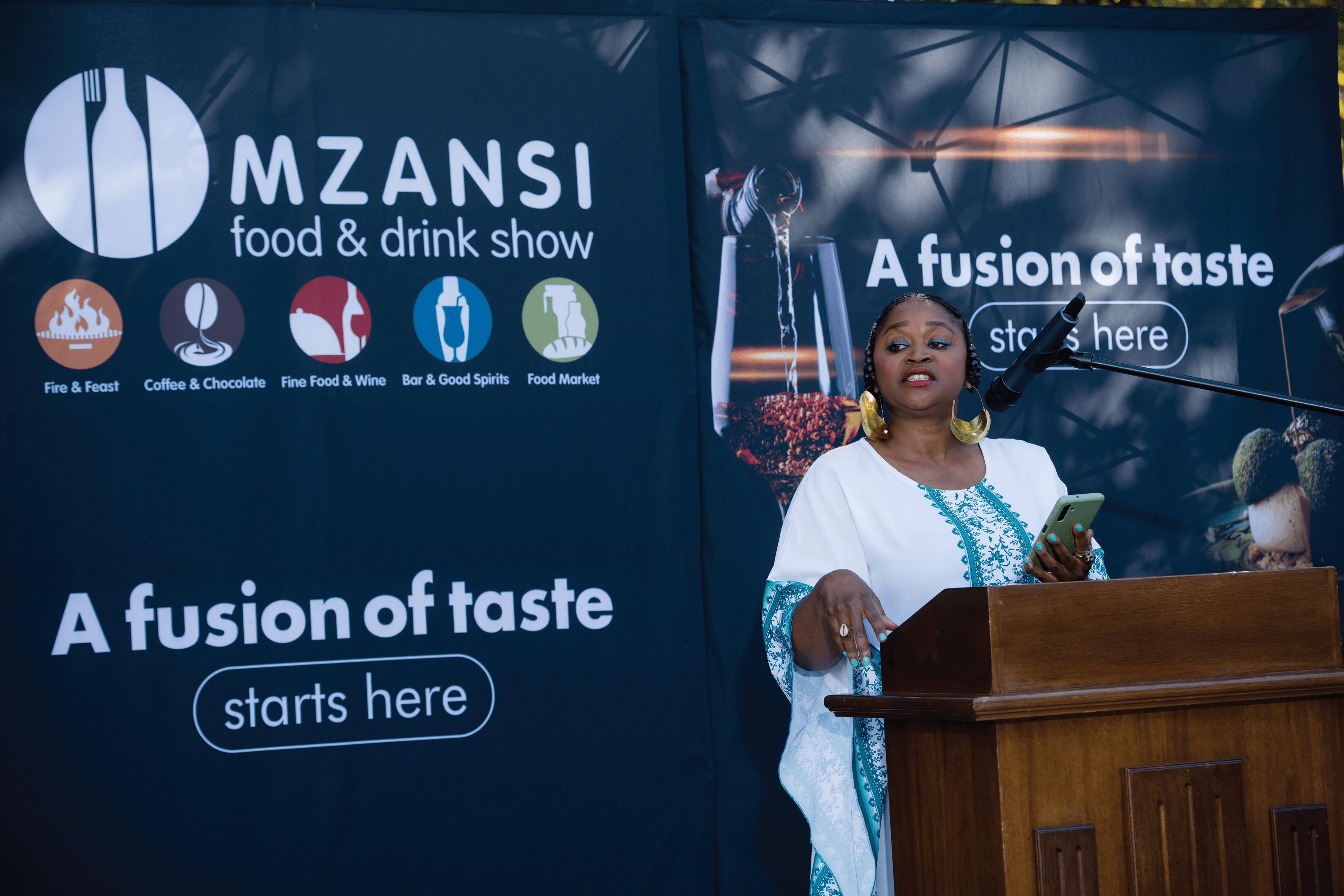PROTECTION: Responding to the ruling, US vice-president Kamala Harris quotes dissenting Justice Ketanji Brown Jackson’s comments, “deeming race irrelevant in law does not make it so in life”…
By Dr George T French Jr
NEW ORLEANS — Chief Justice John Roberts characterised affirmative action as ‘highly objectionable’ during his time as a lawyer with President Ronald Reagan’s administration in a response to the Fifty States Project in a January 1983 memo. In this case, Roberts believed the United States Government should not engage in freedom fighting regarding gender discrimination.
Roberts’s views were part of the majority decision 40 years later when the High Court ruled 6-3 in favour of slashing the race-based admissions standards at Harvard University and the University of North Carolina at Chapel Hill.
“The Harvard and UNC admissions programs cannot be reconciled with the guarantees of the equal protection clause,” Chief Justice John Roberts Jr. wrote for the majority in the case of Students for Fair Admissions v. President and Fellows of Harvard College. “Both programs lack sufficiently focused and measurable objectives warranting the use of race, unavoidably employ race in a negative manner, involve racial stereotyping and lack meaningful endpoints.”
Roberts went on to say, “In other words, the student must be treated based on his or her experiences as an individual — not on the basis of race. Many universities have for too long done just the opposite.”
During the Global Black Economic Forum at the ESSENCE Festival of Culture in New Orleans, US Vice President Kamala Harris condemned the decision by the Supreme Court. As an audience looked on, Harris instructed attendees to read Justice Ketanji Brown Jackson’s decision, dissenting against the majority. In a dialogue along with Thasunda Brown Duckett—President and CEO of the Teachers Insurance and Annuity Association of America (TIAA)—Harris said Justice Brown Jackson’s dissent was “brilliant.”
Harris went on to say: “The disappointment is because this is now a moment where the court has not fully understood the importance of ‘equal opportunity’ for the people of our country. And it is in so very many ways a denial of opportunity. And it is a complete misnomer to suggest this is about colourblind, when in fact, it is about being blind to history.
“Being blind to data. Being blind to empirical evidence about disparities. Being blind to the strength that diversity brings to classrooms, to boardrooms. I think that there is no question, there’s so much work to do. And the President spoke so eloquently earlier today about this. Our administration will use all the tools in our power to continue to applaud policies that understand the importance and the significance and the strength of diversity in all of those places.”
“The original question that was argued by the Supreme Court was: May institutions of higher education use race as a factor in admissions? If so, does Harvard College’s race-conscious admissions process violate Title VI of the Civil Rights Act of 1964?
“Justice Ketanji Brown Jackson said in the dissent, “deeming race irrelevant in law does not make it so in life.”
“And having so detached itself from this country’s actual past and present experiences, the court has now been lured into interfering with the crucial work that UNC and other institutions of higher learning are doing to solve America’s real-world problems,” Justice Brown Jackson continued.
“No one benefits from ignorance. Although formal race linked legal barriers are gone, race still matters to the lived experiences of all Americans in innumerable ways, and today’s ruling makes things worse, not better.”
While the decision will likely lead to a more whiter student population at the public White institutions, would the historically Black colleges and universities (HBCU) experience a potential renaissance with a surge of enrolment? But first, the Supreme Court’s decision will impact not just Black students, but Asian-American and Pacific Islander students, Latino students seeking to attend the state-funded public White institutions of higher learning. The decision by the conservative majority now creates an unfettered runway for a university’s admissions board to consider the sons or daughters of alumni (referred to as legacies), the wealthy, and the well-connected over a minority student that meets and/or surpasses the academic criterion needed to gain acceptance.
“Affirmative Action in higher education has been a tool to remedy past and current racial discrimination in higher education is not a new thing,” said Melanie L. Campbell, President and CEO of The National Coalition on Black Civic Participation. “And, so to see that go down, knowing that those decisions can impact people’s lives for decades.”
The median income for Black households was R909 710, according to the US Census Bureau. By comparison, the median income for white households was nearly R1,4 million — a difference of nearly R489 070, or 35 percent.
“I look at our young leaders and I will say as a proud HBCU graduate, they’re not having it,” Harris said. But that the strength of our nation has been a commitment to the expansion of rights and freedoms. And I’m going to paraphrase Coretta Scott King. She famously said, the fight for equality, the fight for freedom, fight for justice, the fight for civil rights must be fought and won with each generation.”
To that end, a president at a prominent HBCU believes the Supreme Court’s decision “unintentionally but intentionally” tried to turn back parts of time as far as African-Americans and other minorities receiving a quality education.
Dr George T French Jr has served as the President of Clark Atlanta University since September 2019. Previously, he was the president of Miles College from 2006 through 2019. French Jr believes the Supreme Court inadvertently heightened the importance of Black colleges and Universities.
“Because you have those who aspired to PWIs (public White institutions), we assure you that we have everything needed for your success within the HBCU community,” French Jr said. “So, while we’re disappointed, we also understand that it’s an opportunity for Historically Black Colleges to continue to exhibit black excellence, even inclusive of those denied opportunities.”
There are 107 HBCUs in the United States and President French advocated for the Atlanta University Centre’s position to best receive and nurture the influx of Black and ethnic minority students that would inextricably enrol to an HBCU rather than to a top state-supported or private majority White university.
“So, I want to be clear on my statement here: The lynchpin is, I say that HBCUs can offer everything that will now be not but I know in the realest truth practically that’s not true. If I want to study neurophysics now, I have my school in mind, my kids can’t come to Clark, Spelman, Morehouse, or Howard. They can’t come to get that.”
French Jr added the HBCUs at-large need additional funding to expand existing programs to make sure that these students will have the same opportunities. He called for increased federal funding in order to bridge the gap between programs offered at PWIs and offered at HBCUs due to a lack of capacity. More applications to HBCUs will undoubtedly result in greater federal financing and funding for the state-supported and land-grant HBCUs.
“We are so powerful as a collective, but we want and must guide the conversation and be part of the voice on a national level, not Atlanta,” French Jr continued. – Article sourced from Atlanta Voice
Comment
RAMP UP CRUSADE AGAINST HUMAN TRAFFICKING
In a report elsewhere in the publication, we report on the growing scourge of human trafficking that is particularly targeting young boys and men, revealing a new dimension to a global menace that still remains largely unconquered in many countries.
The growing exploitation of boys in human trafficking is a scourge that has remained largely undetected until fairly recently, according to research. Thus, it calls for a whole new shift in how human trafficking in general has been tackled until now. This is because current campaigns against human trafficking had been predominantly geared at women as solely the victims.
Meanwhile, South Africa has been found lacking significant capacity by various human trafficking monitors when it comes to tackling this soaring crime. This is despite South Africa already redlined as a key source, transit, and destination for trafficked people, with few successful prosecutions against perpetrators – a dubious distinction earned for its inertia when it comes to going after human traffickers through a well-coordinated long-term strategy.
This assessment is contained in a research report by the United States Agency for International Development and its research partners, released in February this year. Furthermore, this report pointed out that the total number of trafficking in persons (TIP) in the country was particularly weakened by poor record keeping, inaccessibility of official data, and the still outstanding integrated information system required to collate and analyse information.
The report says the number of ongoing and successful TIP prosecutions by the government is “disproportionately low when compared to data from civil society, available police statistics [and] media coverage”.
This situation is most certain to be compounded by a latest report on human trafficking released by the United States Secretary of State, Antony Blinken, who revealed that, although males, including men and boys, accounted for 40 percent of all identified victims of human trafficking, law enforcement authorities did not perceive them as victims of human trafficking. Women constituted about 42 percent to 23 percent of the victims. The percentage of boys and girls trafficking victims was 17 and 18 percent respectively.
The United Nations Office on Drugs and Crime has noted that, “while male trafficking victims were receiving more attention than in past years, ‘’social and health services as well as legal and advocacy frameworks still predominantly focused on female victims of sexual exploitation’’.
Sadly, this turn of events, which is showing a burgeoning industry around trafficking of boys and men, presents a huge headache to the global communities. And, more than anything else, a picture is beginning to emerge of global efforts against the scourge being swamped already by this ever-growing phenomenon, with resources available to fight it proving utterly inadequate to win the war against highly sophisticated methods used by syndicates behind this type of crime.

































